June 6 Double R Report
Thursday, June 5, 2014:
The all too infrequent early June wind blew with a vengeance this morning, making it difficult for the Pale Morning Dun mayflies to hatch. However, a few hardy souls popped up and drifted through the riffled water. A half dozen anglers landed a few fish each in the lower field of the Ranch water despite the recurring gale. The occasional Callibaetis spinner was sighted; soon the duns will be up in force, both in the field and on The Pond (where subsurface imitations continue to produce nice sized fish).
Seasoned Silver Creek anglers know that if one is going to fish the breezy days of early June, one must have several strategies to take fish in the wind. Here are some tactics used by your Stream Keeper.
If just a few brave mayflies are floating through riffled water and are being taken by trout, consider tying on an oversized fly. You can better see the imitation and the trout usually are not put off by the large offering. In this morning’s breezy conditions my #14 CDC Winged parachute took a nice fish.
If the hatch is having a really difficult time coming off, try a large emerger pattern representing the hatching mayfly. My Guest took a couple of fish early this morning using a standard PMD emerger pattern (i.e. with a reddish-brown abdomen, a light dun CDC post/wing).
If it seems like the mayfly just cannot hatch in the strong wind, fish a bright bodied soft hackled fly or a dark nymph. I have a soft hackled fly with a bright metallic green body and partridge hackle that I call the “Who Knows Freaking Why.” This morning in a size 14 it produced 6 trout including a 21 inch Brown, my largest fish if the season thus far. Cast the soft hackle to within a foot of the opposite bank (or closer) on a 45 degree downstream or straight across cast, with the goal being to have the current drag the fly line and swim the soft hackle downstream and across to lounging trout. Periodically raise your rod tip or pull on the fly line, in order to keep the fly off the vegetation. The “hit” is reminiscent of the take of a steelhead; the trout usually will hook themselves in the corner of the mouth. The pattern: the abdomen is Diamond Braid or Midge Diamond Braid, in the “Peacock” color; the thorax is red-dyed or natural peacock herl; the hackle is three turns of partridge or grouse.
Keep an eye on the calm water along the bank in the direction of the wind. Trout will hold there watching for the occasional mayfly that is able to hatch out of the wind. Approach those fish with a more appropriate sized imitation, either a dun or an emerger.
When all else fails, light up a fine cigar.
